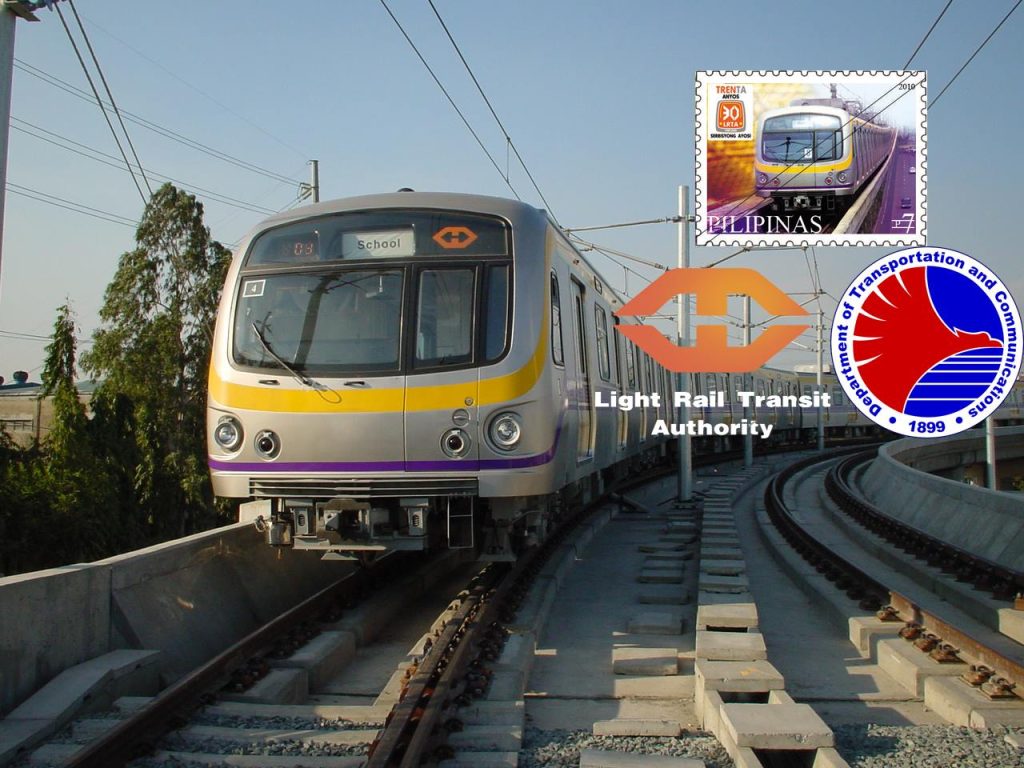
The Light Rail Transit Line 2 (LRT-2 Stations), also known as the “Megatren,” is one of the most reliable train systems in Metro Manila. It runs in an east–west direction, connecting Manila’s university belt to Quezon City, Marikina, and Antipolo in Rizal Province.
If you are a student, employee, or commuter traveling daily, this LRT-2 station guide 2025 will help you navigate its stations, fares, operating hours, and travel tips with ease.
What is LRT-2?
LRT-2 is a 13-station elevated railway line that stretches from Recto in Manila to Antipolo in Rizal. The line spans about 17 kilometers and provides an efficient alternative to road travel, reducing travel time across the eastern corridor of Metro Manila.
LRT-2 Stations Map: Full Route and Key Stops in Metro Manila
LRT-2 Stations
The LRT-2 stations (Light Rail Transit Line 2) is an essential part of Metro Manila’s public transport system, covering a 13.8-kilometer stretch with 13 stations. It runs from Recto Station in Manila to Antipolo Station in Rizal, serving key areas like Sampaloc, Quiapo, Santa Mesa, and Marikina. The line offers efficient access to educational institutions, commercial hubs, and residential neighborhoods.
Look into the LRT-2 stations along the route, highlighting the unique significance each stop holds for commuters, communities, and commerce.
Recto Station (Manila)
The westernmost station, located in the heart of Manila, is a central hub for various businesses, schools, and government offices. It connects to other major transportation options and is a key point for commuters traveling in and out of Manila.
Legarda Station (Manila)
Situated near the University Belt, Legarda is heavily utilized by students and faculty. The station also serves nearby commercial establishments and residences.
Pureza Station (Manila)
Close to residential areas and institutions, this station is ideal for those commuting from the southern parts of Manila. It also serves as a gateway to local businesses.
V. Mapa Station (Manila)
A crucial stop for commuters traveling to and from the Santa Mesa area, V. Mapa is located near educational institutions and healthcare facilities.
J. Ruiz Station (San Juan)
This station caters to both commuters from San Juan and those traveling from nearby residential areas. It offers easy access to shopping areas and local offices.
Gilmore Station (Quezon City)
Serving as a major transfer point, Gilmore connects with other transport systems like the MRT-3, providing seamless travel for commuters heading into Quezon City.
Betty Go-Belmonte Station (Quezon City)
Situated near residential areas and commercial establishments, this station caters to a diverse group of passengers from students to professionals.
Anonas Station (Quezon City)
Located in a bustling district, Anonas serves passengers commuting to and from the commercial areas of Quezon City. It’s a vital stop for residents and workers alike.
Katipunan Station (Quezon City)
A key station for university students, Katipunan is situated near Ateneo de Manila University, making it a busy stop for academic commuters. It also offers access to nearby businesses and shopping areas.
Cubao Station (Quezon City)
Cubao is a major transfer point in Quezon City, providing access to various bus terminals, shopping malls, and residential areas. It’s one of the most heavily trafficked stations on the line.
Santolan Station (Pasig)
Located at the border between Pasig and Quezon City, Santolan serves as a connector to local neighborhoods and businesses, and it is often used by commuters traveling to the eastern parts of Metro Manila.
Emerald Station (Pasig)
Situated near residential areas, Emerald is an important stop for passengers traveling towards the Pasig City area. It’s close to major roads and local markets.
Antipolo Station (Rizal)
The easternmost of all LRT 2 stations, Antipolo serves as the final stop on the line. Located in Rizal province, it provides convenient access to nearby residential areas, tourist attractions, and commercial hubs.
Each of the LRT 2 stations plays a strategic role in connecting commuters to major destinations across Metro Manila and neighboring provinces, solidifying the LRT-2 line as an essential backbone of the region’s public transportation system.
LRT-2 Stations Fare Matrix 2025
The LRT-2 fare depends on the distance traveled:
- Minimum fare: ₱13–₱14 (stored-value card), ₱15 (single-journey ticket)
- Maximum fare: ₱33 (stored-value card), ₱35 (single-journey ticket)
You can pay through:
- Stored-Value Beep Cards – reloadable and convenient for frequent commuters
- Single-Journey Tickets – ideal for one-time trips
LRT-2 Stations Schedule and Operating Hours
As of 2025, the LRT-2 operating hours are:
- First trip: 5:00 AM (both Recto and Antipolo)
- Last trip: Around 9:30 PM to 10:30 PM depending on station direction
Travel time from Recto to Antipolo takes about 30 minutes end-to-end, making it one of the fastest east–west travel options in Metro Manila.
Travel Tips for LRT-2 Commuters
- Use Beep Cards: Save time by avoiding long lines at ticket booths.
- Check train schedules: Last train times may vary depending on direction.
- Plan transfers: Recto Station links to LRT-1 station via Doroteo Jose Station, while Cubao connects to MRT-3.
- Travel off-peak when possible: Morning (7–9 AM) and evening (5–8 PM) rush hours are the most crowded.
- Stay alert: Keep your belongings secure in busy stations.
Future of LRT-2 Stations
The government continues to improve station amenities, train reliability, and signaling systems. There are also long-term plans for extensions to better serve western and eastern Metro Manila commuters.
Why Choose LRT-2 stations?
LRT-2 is a fast, affordable, and convenient mode of transportation for thousands of Filipinos daily. Whether you are heading to school, work, or home, it saves valuable travel time compared to the heavy road traffic along Aurora Boulevard and Marcos Highway.
Key Takeaway
The LRT-2 stations guide shows that with affordable fares, 13 strategic stations, and reliable schedules, it remains one of the most commuter-friendly train lines in Metro Manila. For as low as ₱13, you can travel across the city and even into Rizal in just half an hour.
For more info, visit LRTA website.

